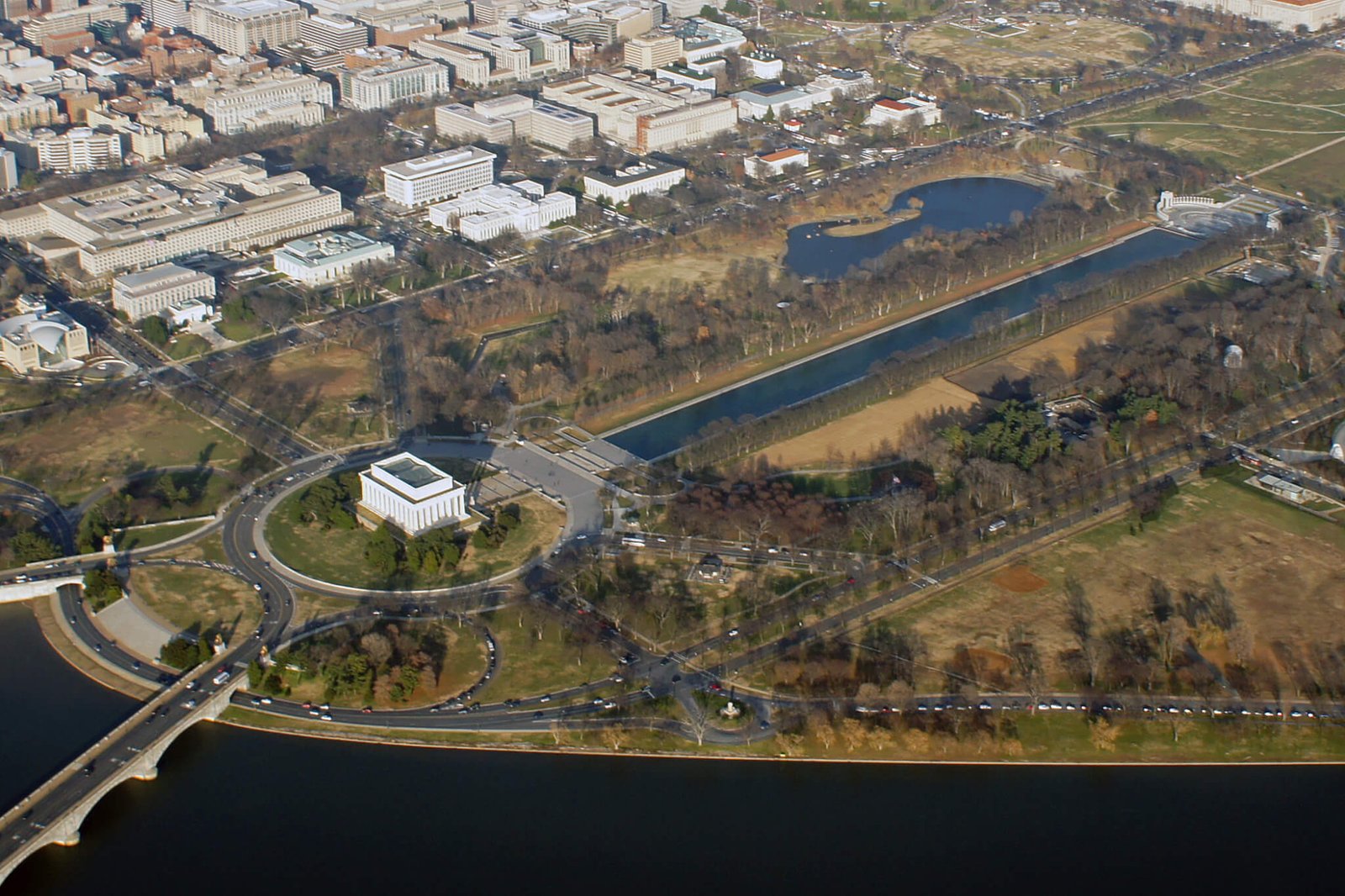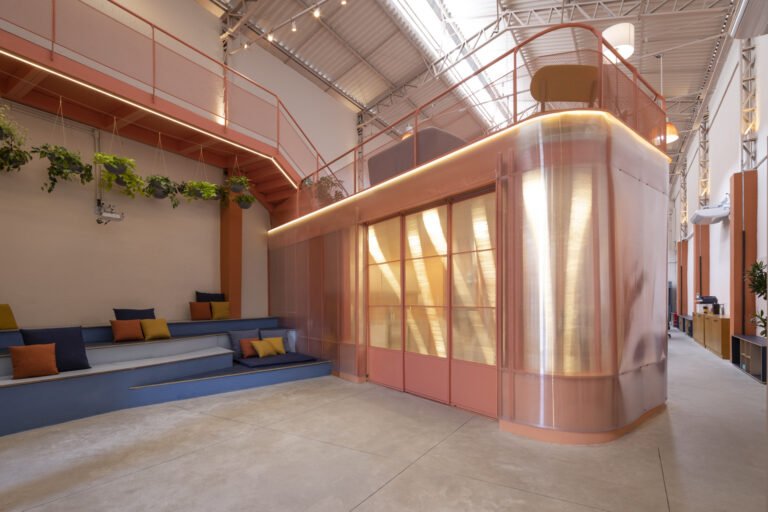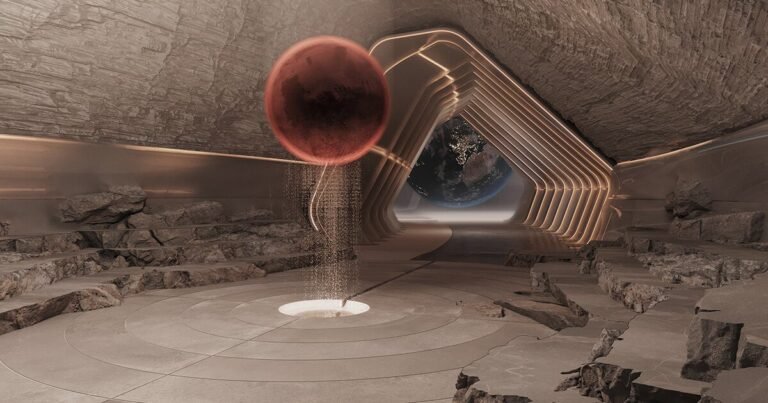Marlon Blackwell Architects, James Corner Field Operations, and others are among the firms shortlisted to design forthcoming Global War on Terrorism Memorial
A shortlist of prominent designers have been announced for the forthcoming Global War on Terrorism Memorial in Washington, D.C., Marlon Blackwell Architects, BAU_Butzer Architects and Urbanism, James Corner Field Operations, Kengo Kuma and Associates, and Rogers Partners Architects + Urban Designers. The project is being led and funded through the Global War on Terror Memorial Foundation (GWOTMF), which has been working with Winstanley Architects and AECOM as “architectural partners” throughout the planning process to date. The shortlisted firms were named from a preliminary shortlist of 17 potential candidates, which was previously cut down from a pool of 177 firms in a “collaborative process.”
The GWOTMF will be guided on its final design selection by an advisory board chaired by University of Arkansas Fay Jones School of Architecture and Design dean Peter MacKeith. The board also includes Kenneth Foote, chair of the Department of Geography at the University of Connecticut; Mary Kay Lanzillotta, partner at Hartman-Cox Architects in Washington, D.C.; Mia Lehrer, president and founder of Studio-MLA; and Allison Grace Williams, founder of AGWms_studio.
GWOTMF president and CEO Michael “Rod” Rodriguez said: “We are confident that each of the remaining candidates are fully capable of bringing their own unique vision to the project, incorporating feedback from Gold Star families and veterans into the Memorial’s design, and guiding a team of other artists who will help create this sacred tribute to American heroes. We look forward to making a final designer selection later this summer.”
The GWOTMF was founded in 2015 with the “sole objective” of constructing the memorial. In documents submitted to the National Capital Planning Commission (NCPC)—the Executive Branch agency that oversees planning near the Capital—the foundation outlined the following goals of the memorial: Honor, Heal, Empower, Unite. In 2017, the foundation received Congressional approval to not only plan and fund the memorial, but to bypass the requirement to wait until a decade after a major conflict has ended to build a memorial, as established in amendments to the Commemorative Works Act in 1994. In recognizing the seemingly endless nature of the War on Terror, in a June 2021 statement to Congress from Acting Associate Director, Park Planning, Facilities and Lands, National Park Service Michael A. Caldwell, Caldwell said that the location and scope of the memorial be very carefully considered considering potential future requests for specific memorials for the U.S. wars in Afghanistan, Iraq, and Syria.
The GWOTMF outlines the scope of the War on Terror as broadly encompassing “U.S. actions and operations following the terrorist attacks of September 11, 2001 through the present day.” This includes not only the U.S.-initiated wars in Afghanistan and Iraq, but smaller and classified operations.
The memorial will be constructed on a site within the National Parks Service jurisdiction bounded by 23rd Street NW, Constitution Avenue NW, and Henry Bacon Drive NW, near the Lincoln Memorial. This site is the result of a selection and approval process that has been underway with the Commission of Fine Arts and the NCPC since 2017, which surveyed additional sites near Arlington National Cemetery, closer to the Washington Monument, and elsewhere along the Tidal Basin. Given legal constraints over site use, proximity to other war memorials—particularly the Vietnam War Memorial—and site prominence, among other factors, the site within view of the Lincoln Memorial was chosen. This also situates the memorial atop an open lawn and baseball diamond, and near the in-plan National Desert Storm and Desert Shield Memorial.
The memorial’s center is planned to cover a quarter of an acre, with the large site taking up a full acre. This puts the memorial on a similar scale to the existing Korean War Veterans Memorial, and slightly smaller than the World War II Memorial. Physically, the memorial will be shorter in height, and buffered by landscape features, which will fill most of the site plan.
Programmatically, the foundation hopes that the memorial can be a site for gatherings, remembrances, and lectures, honoring not only veterans but also families, civilian government officials, and local allies. A survey of veterans, active duty military members, faith leaders, and military families conducted by the GWOTMF showed that most respondents see the memorial as both a site of personal reflection and education on how the foundation wants to portray the War on Terrorism to the public. This includes showing the global reach of the U.S. military in component operations, and imagery moving past traditional war photos, though not mentioning other consequences of military actions in local communities in which War on Terror operations have taken place. During the NCPC’s review of the proposal, a few commissioners urged the foundation to pursue a plan that was not too literal in its interpretation of military events and naming.
The memorial will move forward with a groundbreaking once $50 million in donation-based funding has been raised through the foundation. The foundation does not plan to seek federal funding for the project. The NCPC must approve the foundation’s final design selection for the memorial.
MacKeith said: “We are dedicated to undertaking an impartial and rigorous review process that will lead to the selection of the ideal designer or design team for this nationally significant piece of architecture and landscape architecture. We are grateful to be able to use our gifts in service to country, just as all of those whom the memorial will honor have done and will continue to do.”
AN will circle back when a final design has been selected.



